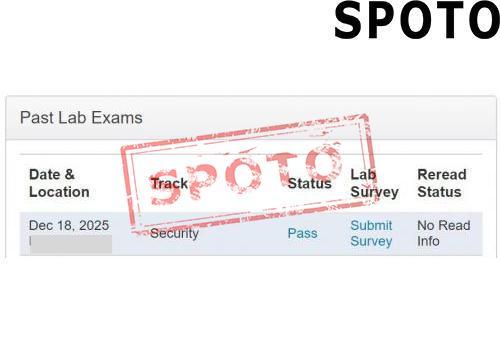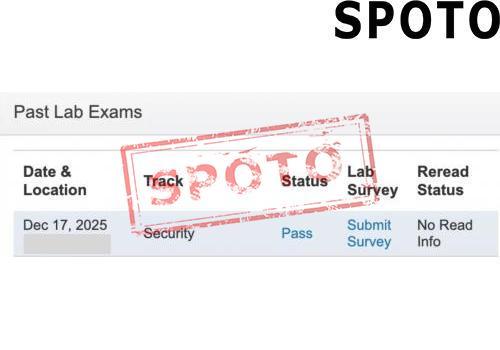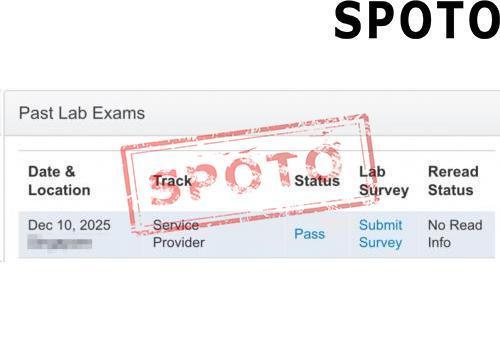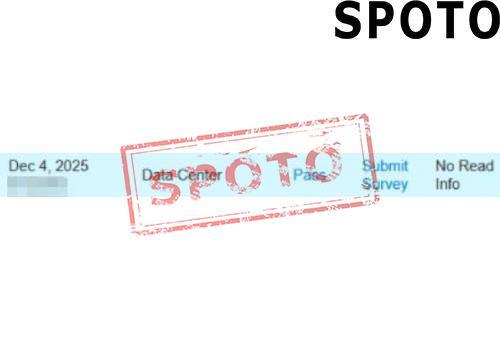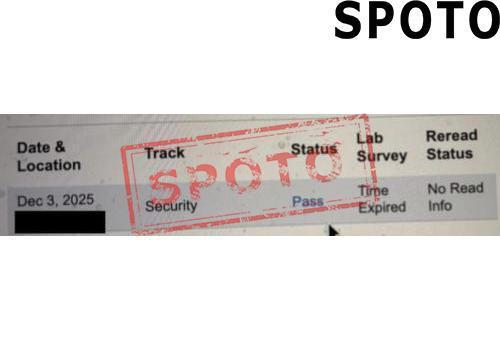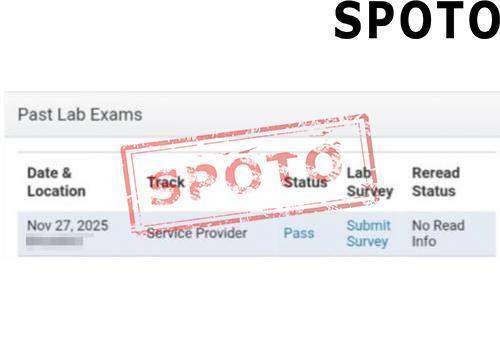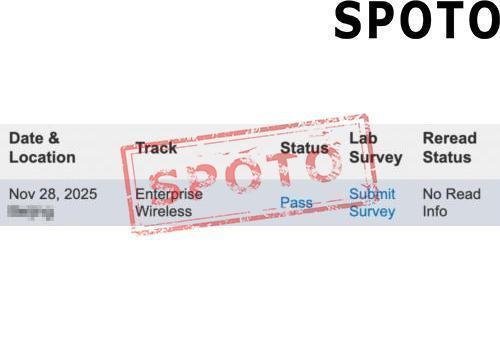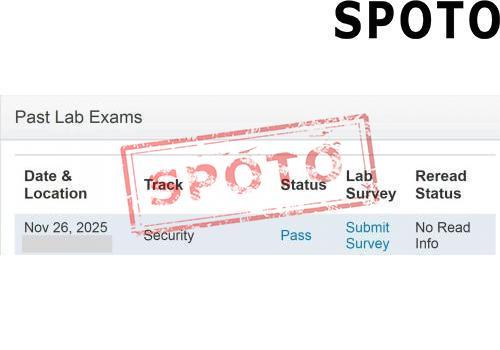
The Cisco Certified Internetwork Expert (CCIE) is a highly sought-after certification in the IT networking world. It is a testament to your advanced skills and expertise, which are opening doors to top-tier roles and significantly boosting your professional reputation. However, the path to earning this certification is challenging, requiring strategic planning, unwavering dedication, and relentless practice.
This guide will outline the critical steps to help you embark on and successfully complete your CCIE journey.
1. Understand the CCIE Certification and Tracks
The CCIE certification spans multiple specialization tracks, each catering to specific networking domains. The tracks include:
- Enterprise Infrastructure: Focuses on large-scale networking and automation.
- Security: Covers advanced security technologies and protocols.
- Data Center: Targets data center architecture and solutions.
- Collaboration: Focuses on voice, video, and communication technologies.
- Wireless: Addresses wireless technologies and solutions.
- Service Provider: Specialized in ISP and provider-level networking.
Choose a track that aligns with your career aspirations and existing expertise.
2. Meet the Prerequisites
While Cisco doesn't impose official prerequisites for CCIE, a strong foundation is essential for success. Starting with certifications like CCNA or CCNP can equip you with the necessary knowledge to tackle CCIE-level material.
Suggested Background Skills:
- Proficiency in networking fundamentals, including routing, switching, and IP addressing.
- Hands-on experience.
- Familiarity with technologies such as QoS, VPNs, network automation, and security protocols.
3. Understand the Exam Structure
The CCIE certification consists of two phases:
Phase 1: Written Qualifying Exam
This multiple-choice exam evaluates your theoretical understanding of your chosen track. Passing this is a prerequisite for attempting the lab exam.
Phase 2: Lab Exam
The lab exam is an intensive, hands-on test lasting 8 hours. It assesses your ability to design, implement, and troubleshoot complex network scenarios in real-time.
4. Plan Your Preparation
Success in CCIE hinges on disciplined and consistent preparation.
Choose the Right Study Materials:
- Cisco Press Books: Official resources tailored for each track.
- Online Training Platforms: Sites like SPOTO offer comprehensive CCIE courses.
- Cisco Learning Network: A hub of resources, forums, and expert insights.
Hands-On Practice:
Practical experience is critical for mastering CCIE. Use tools such as:
- GNS3 or EVE-NG for emulated lab environments.
- Cisco Packet Tracer for basic simulations.
- Virtual Labs offered by Cisco's DevNet or dCloud platforms.
Create a Study Schedule:
Break down your preparation into specific milestones, dedicating time to both theory and practice. Ensure you set aside time for mock exams to track your progress.
5. Gain Real-World Experience
Practical exposure to real-world scenarios is invaluable. If you're not already working in a networking role, consider:
- Setting up a home lab with Cisco equipment.
- Participating in internships or freelance projects focused on networking.
- Using virtual environments to simulate enterprise-level networks.
6. Engage with the Community
Joining a network of CCIE aspirants and professionals can provide guidance, motivation, and resource recommendations. Platforms like Reddit (r/ccie), Cisco Learning Network, and LinkedIn groups can be invaluable.
7. Refine Time Management Skills
Time management is essential, especially for the lab exam—practice solving network scenarios within strict time limits to simulate real exam conditions.
8. Take Practice Exams
Mock exams are crucial for building confidence and identifying weak points. Many providers, like SPOTO, offer high-quality practice exams tailored to CCIE tracks.
9. Register and Attempt the Exams
Once you feel confident:
- Arrange your written exam schedule through Pearson VUE.
- After passing, book your lab exam at a Cisco-certified testing center. Be prepared to wait, as lab exam slots can fill up quickly.
10. Stay Resilient and Consistent
The CCIE journey is rigorous, and failure is possible. Use setbacks as learning experiences and keep refining your approach. Consistency and perseverance will ultimately lead to success.
Conclusion
Earning the CCIE certification is a transformative achievement that can redefine your career trajectory. By choosing the right track, committing to a structured study plan, and honing your practical skills, you can overcome the challenges and proudly join the ranks of elite networking professionals.
